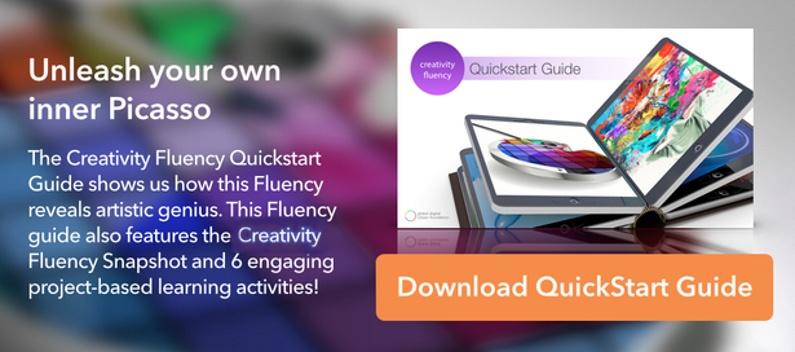30 Solid Strategies for Fostering Creativity In Learning
The goal of fostering creativity and encouraging it to grow within our students is like planting any other seed. It takes time, attention, love, and a desire to have something new and unique come into the world. Creative expression is and always has been essential to a student's holistic growth and development. Today, however, creativity is experiencing a renewed vitality in our digital culture that makes it one of the most important things we can teach.
But teaching creativity? How is that possible? In this article from Miriam Clifford, you'll discover 30 ways you can work with fostering creativity in your own students.
Creativity is becoming a stronger learning focus because art and design are now so integrated into our culture, largely due to the rise of technology.
As we have said before, the creative arts are no longer ornamental—they are fundamental. Interestingly enough, though, the call for creativity to be taught in our schools isn't necessarily a new idea.
In her article, Clifford cites the work of E. Paul Torrance among others. He was an American psychologist who was renowned for his research and work involving creativity. According to her, Torrance dedicated his life to the idea of fostering creativity in education. He came under fire for it for various reasons. From her article:
"Creativity was considered to be an immeasurable, natural ability. Torrance called for the teaching of creativity. He advocated that it was skill-specific, requiring intentional instruction. His life’s work ultimately led to the development of the Torrance tests and gifted programs throughout the world."
We now also know that, with the help of processes like Creativity Fluency, creativity is a teachable and learnable skill.
30 Tips for Fostering Creativity
Below are the 30 strategies Clifford says educators can use for fostering creativity in our classrooms. She goes into much more detail about them in her article.
- Embrace creativity as part of learning.
- Use the most effective strategies.
- Think of creativity as a skill.
- Participate in or create a program to develop creative skills.
- Use emotional connections.
- Use a creativity model.
- Consider how classroom assignments use divergent and convergent thinking.
- Creativity flourishes in a “congenial environment”.
- Be aware during discussions.
- See creativity in a positive light.
- Try the Incubation Model.
- Use a cultural artifact.
- Establish expressive freedom.
- Be familiar with standards.
- Gather outside resources.
- Allow room for mistakes.
- Allow space for creativity.
- Give students time to ask questions.
- Creativity builds confidence.
- Encourage curiosity.
- Structure is essential.
- Observe a working model of creativity.
- Consider the work of current experts in the field.
- Explore different cultures.
- Find ways to incorporate and integrate art, music, and culture.
- Use a collaborative creative thinking model to solve classroom problems.
- Design multidisciplinary lessons when possible.
- Tapping into multiple intelligence is key.
- Understand that creativity is important to students’ future in the job market.
- Teach creative skills explicitly.
Further Reading
- Global Digital Citizenship in 15 Minutes: Creativity Fluency
- 10 Amazing Free Online Creativity Tools for Students
- Creativity Fluency QuickStart Guide (Free Resource)


